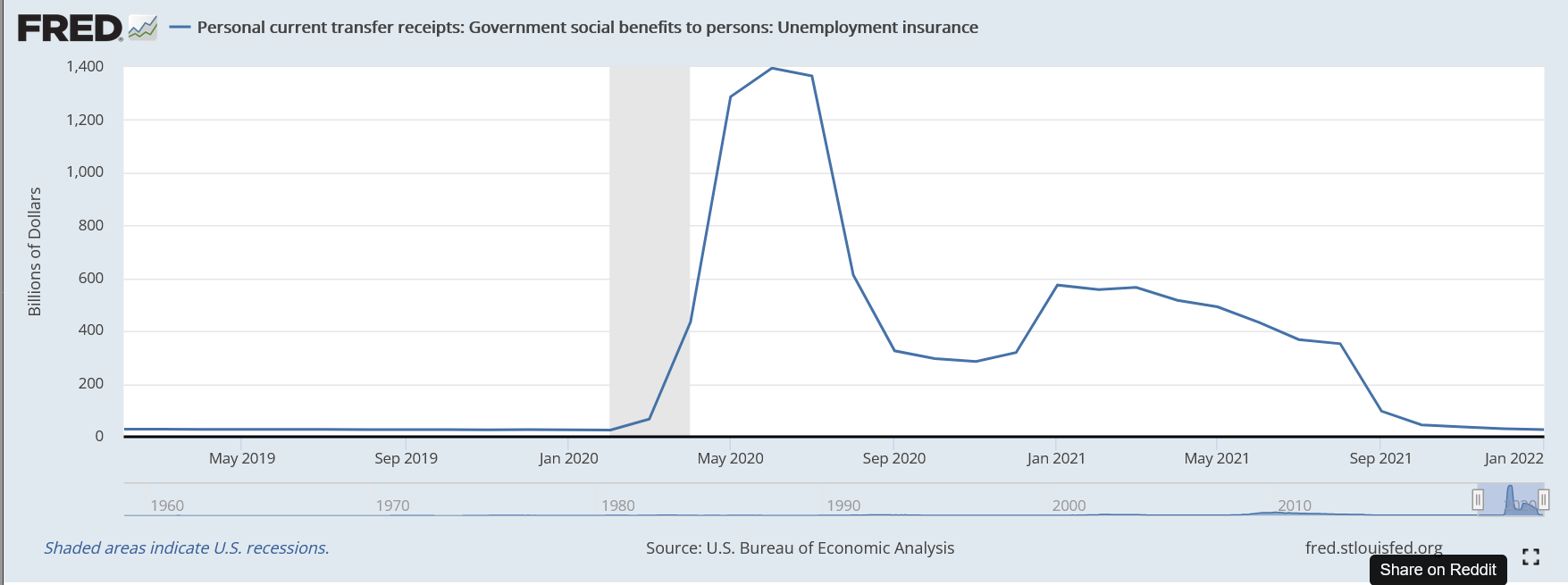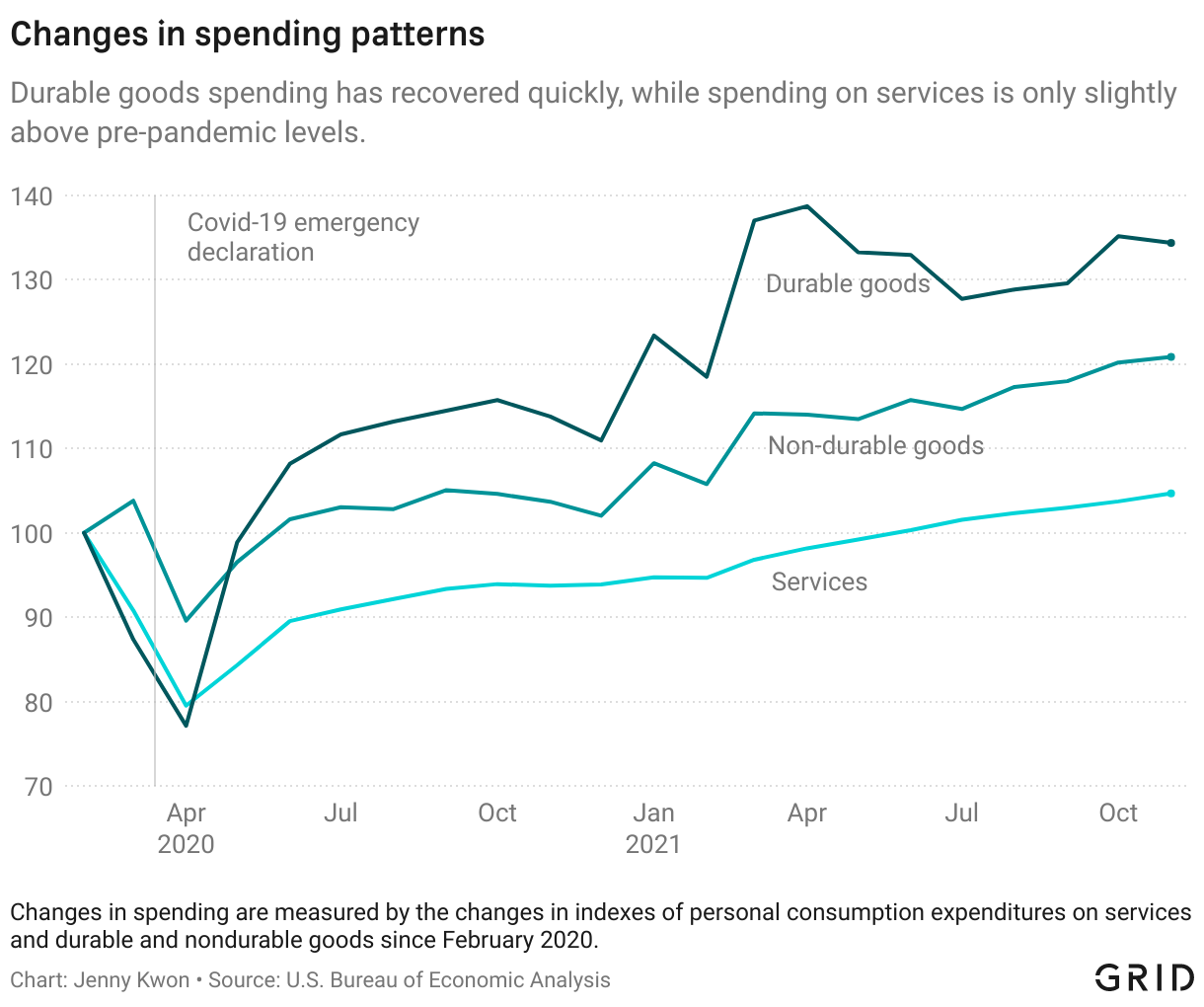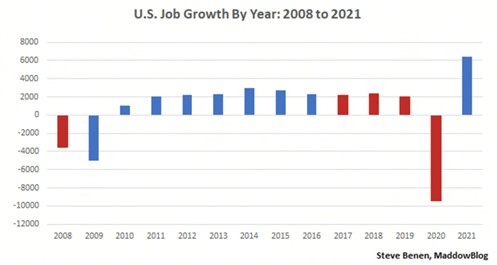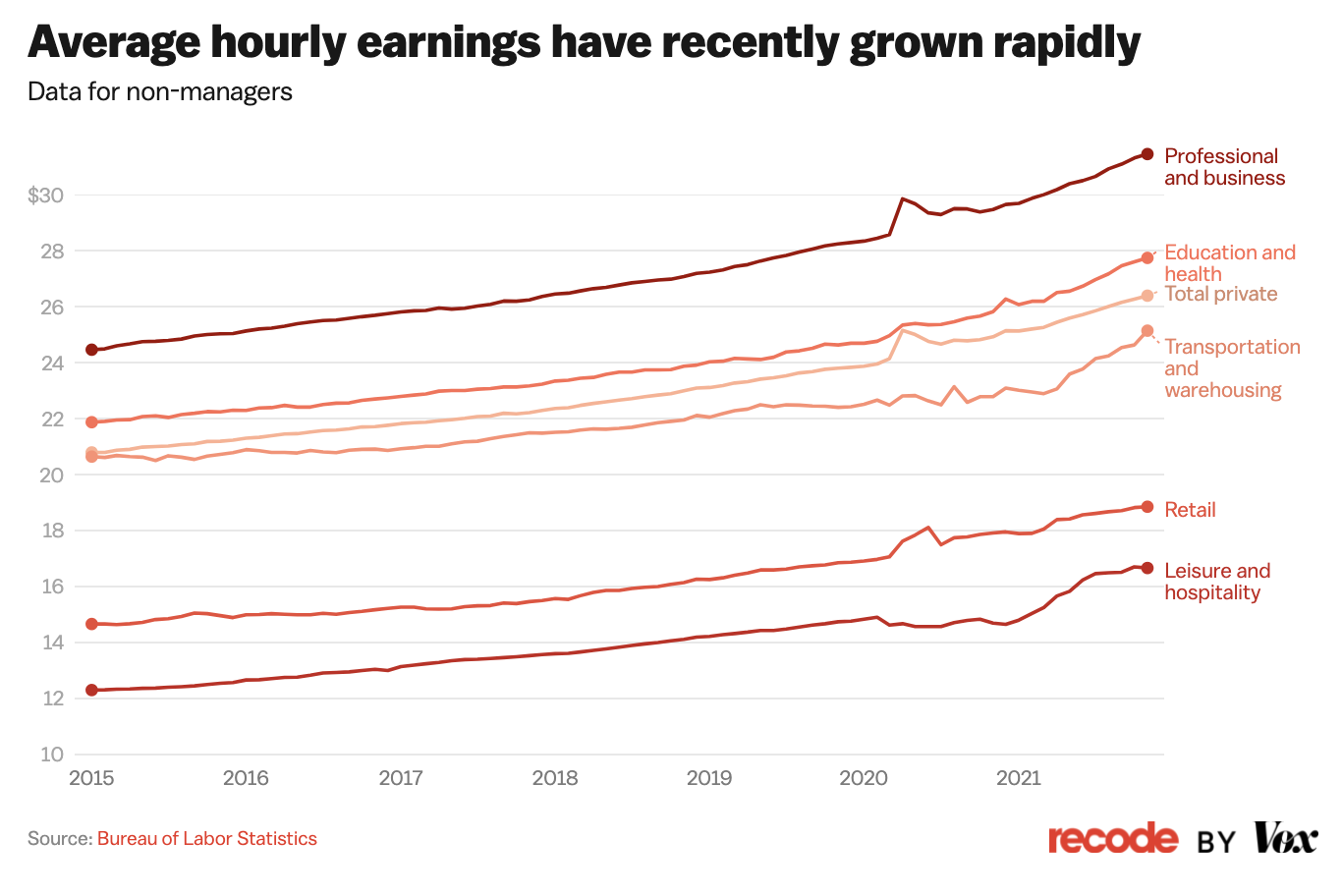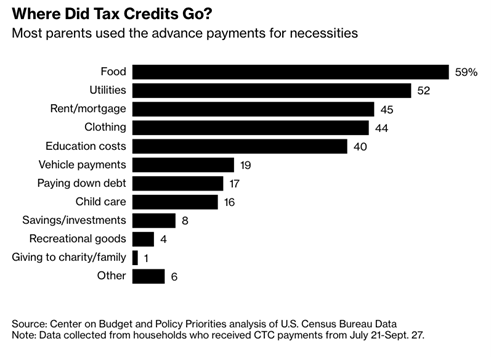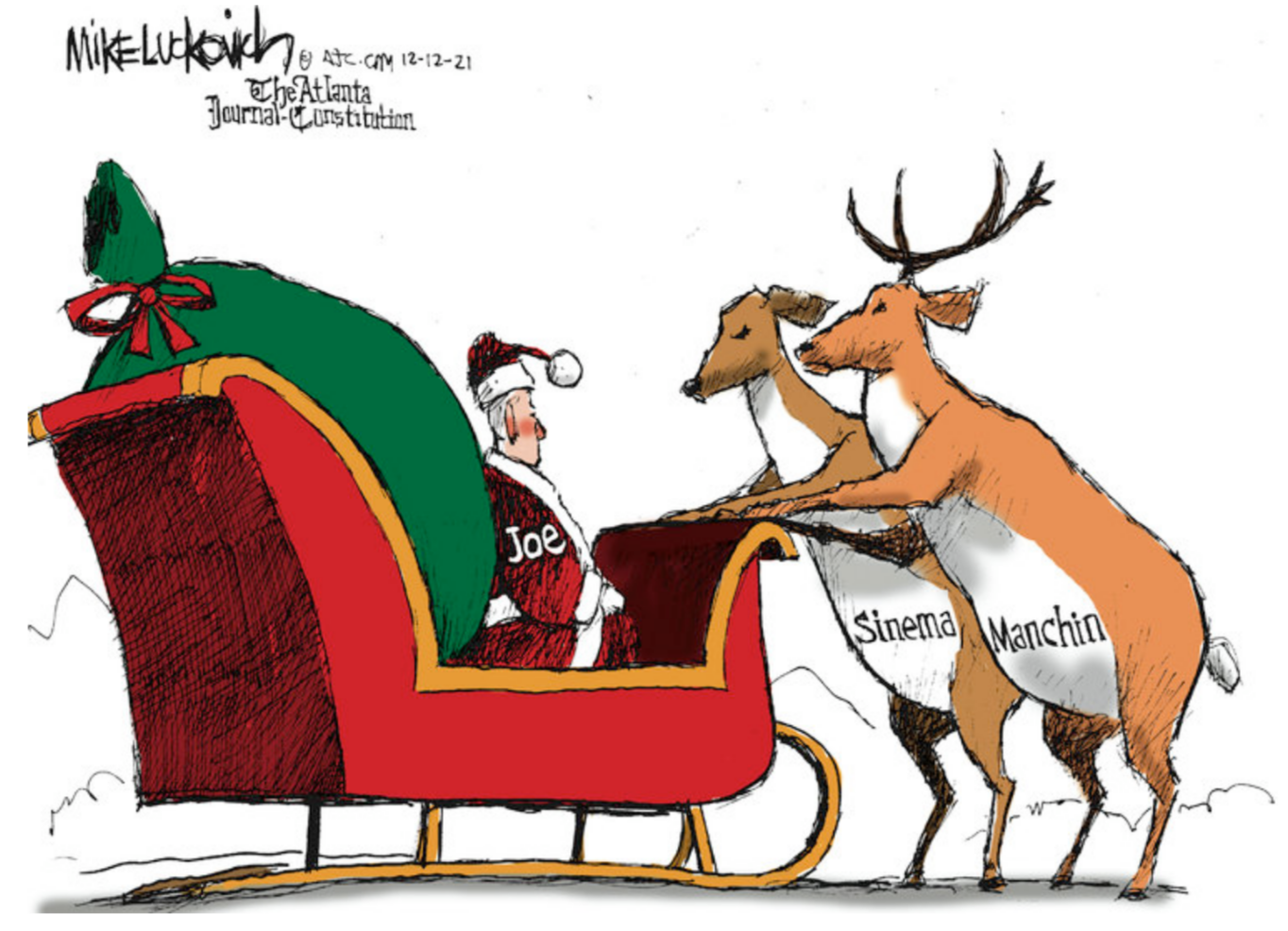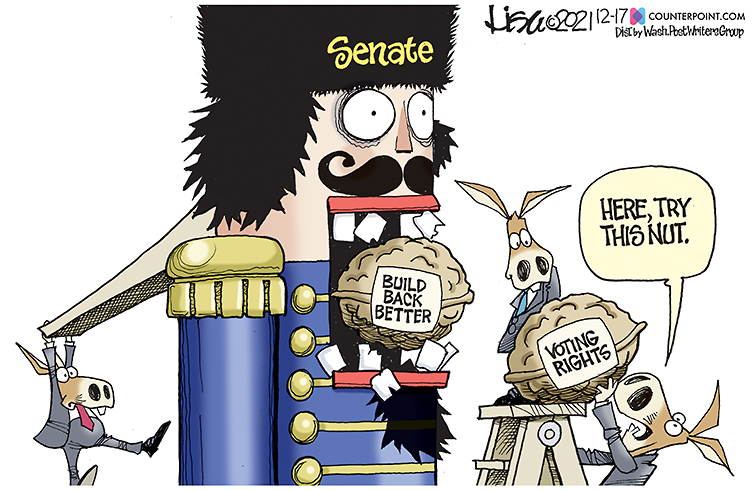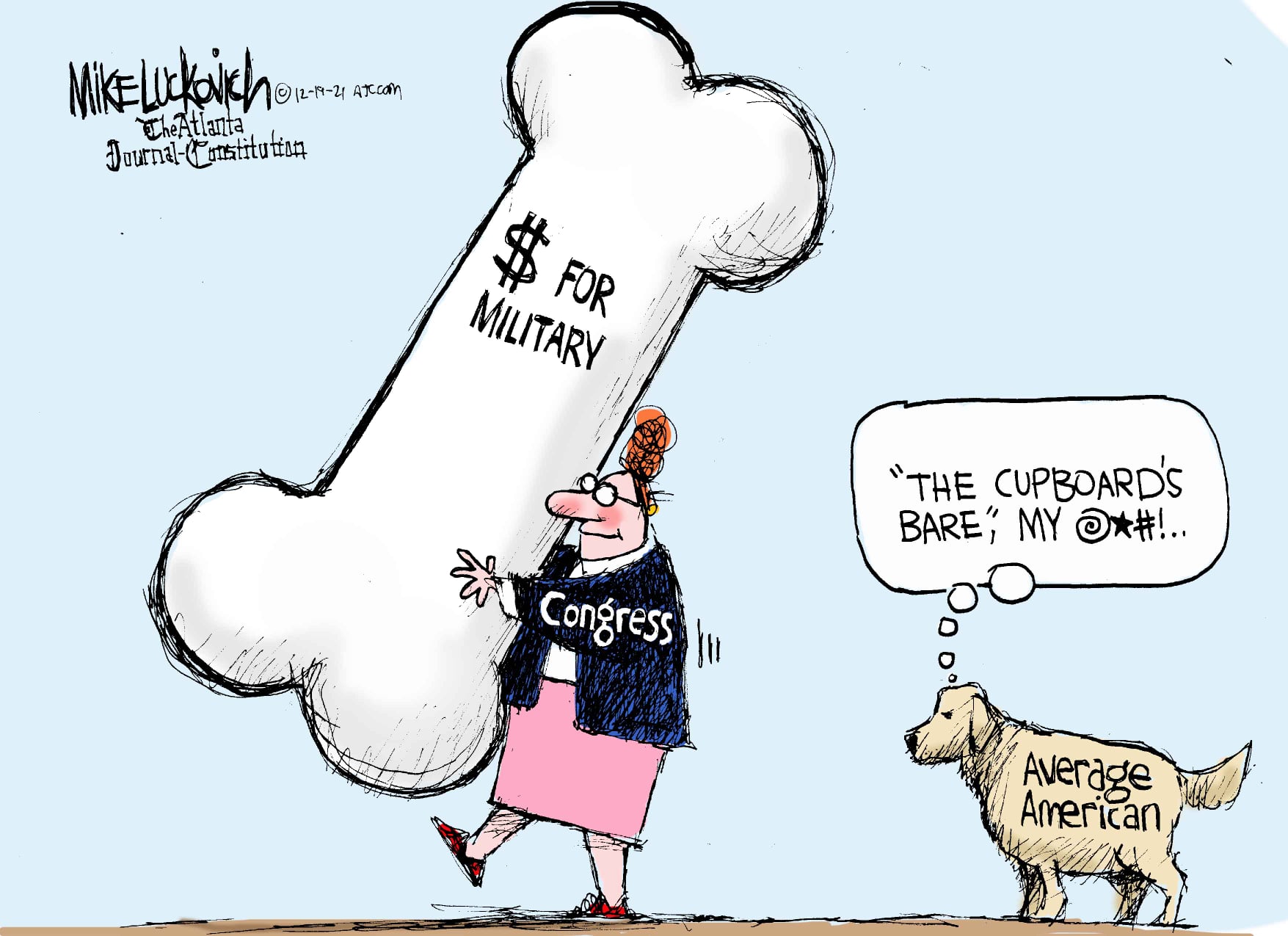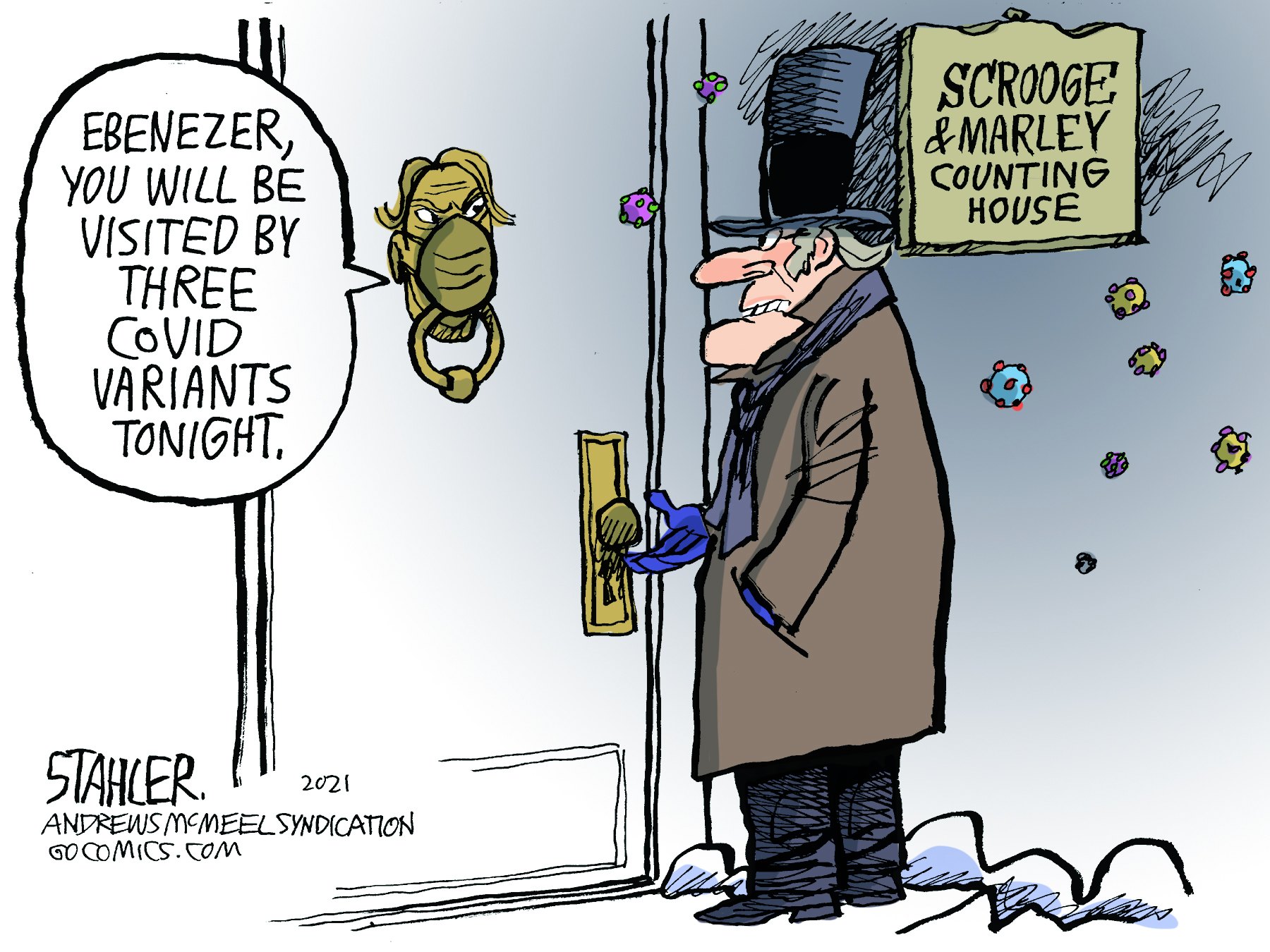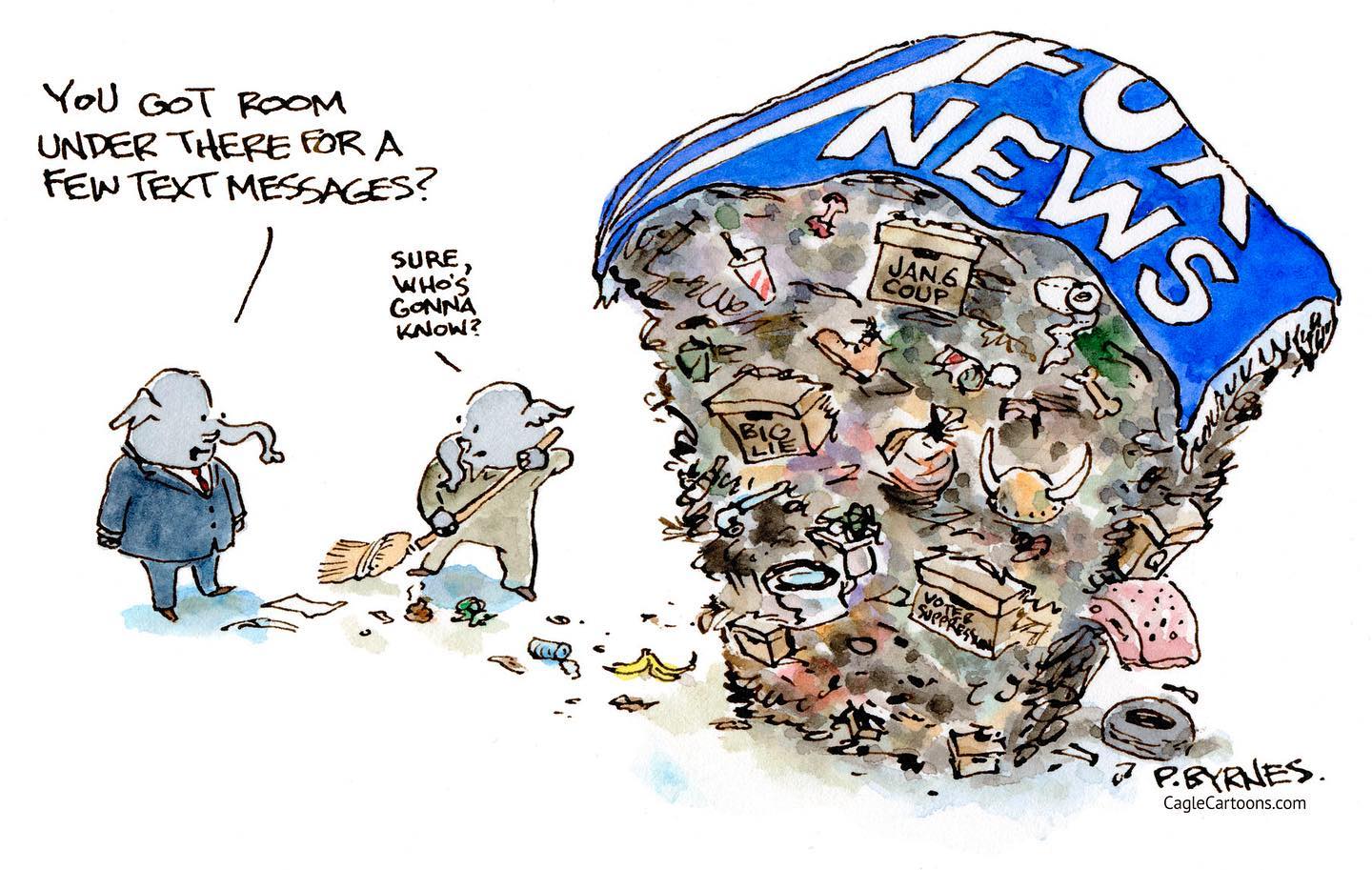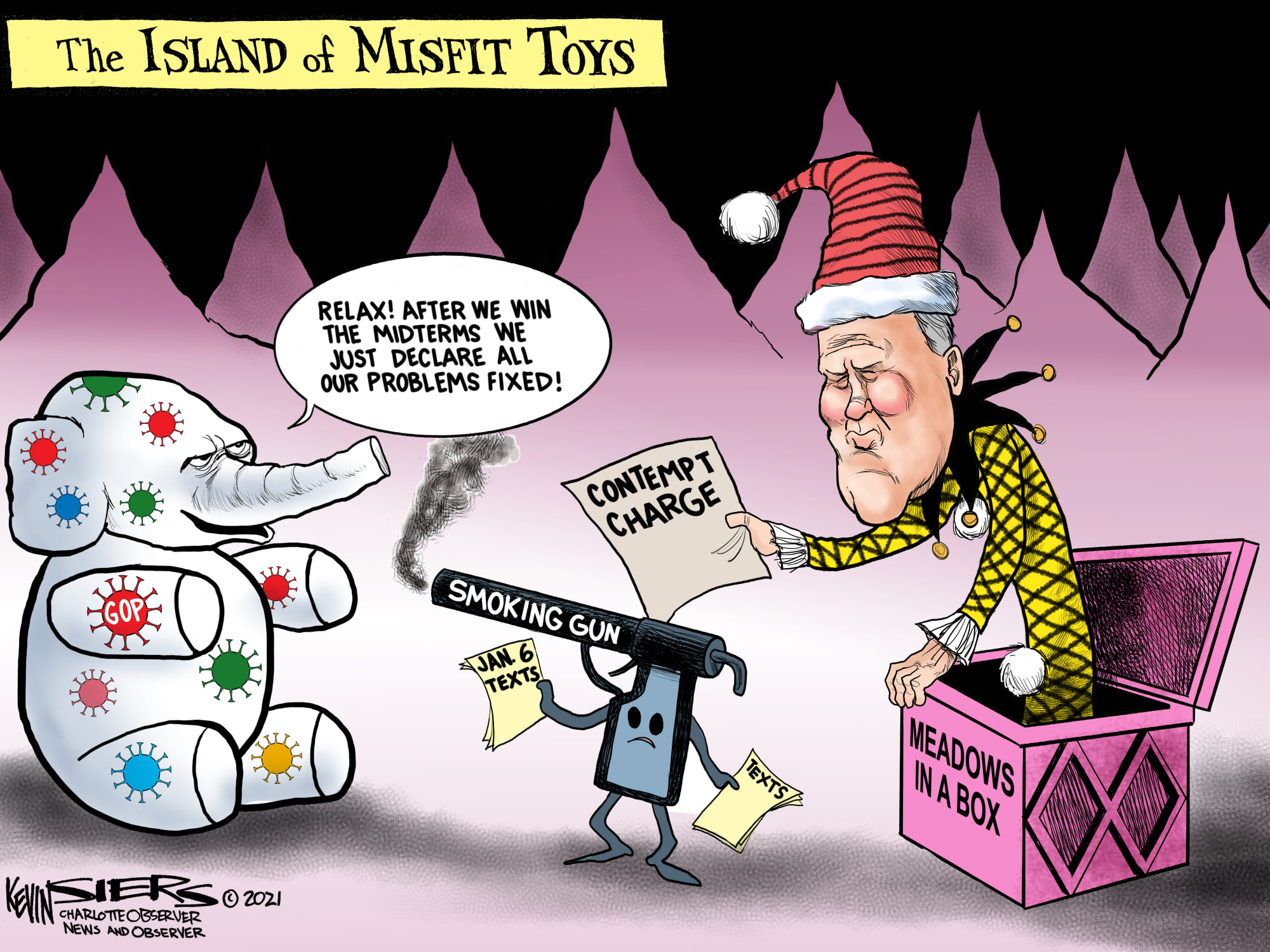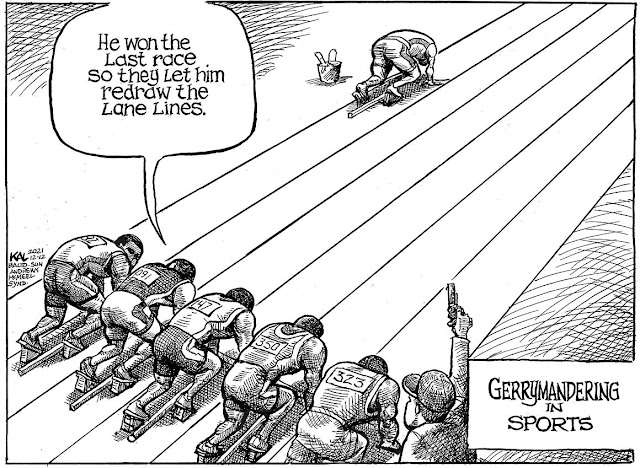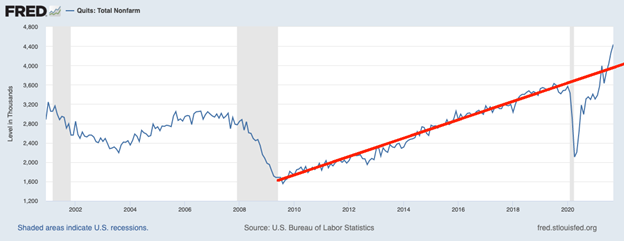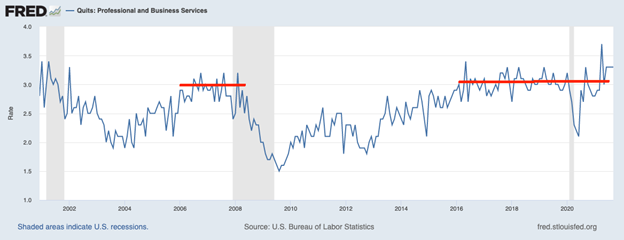The Daily Escape:

Secret Canyon, Moab, UT – February 2022 photo by Klaus Priebe Photographer
Collateral damage from the US and European sanctions is growing. One question is whether the West will blink before Russia.
First, a few words about Putin’s strategy. It doesn’t seem that Putin was intent on “recreating the Russian Empire” as many pundits said. Instead, he’s going to partition Ukraine, with Russia controlling Ukraine east of the Dnieper River. That includes much of Ukraine’s industrial base. The southern part of Ukraine contains 13 seaports. In 2021, they exported over 150 million tons of cargo, representing 60% of exports and 50% of imports for Ukraine. Russia has already ended Ukraine’s access to the Black Sea.
When hostilities end, Ukraine will be a land-locked country.
The Russian army will ensure that what is left of Ukraine west of the Dnieper is a broken, third-world country. The indiscriminate missile, artillery and bombing in Ukraine’s west shows that is their intent. Whatever remains of western Ukraine will be the buffer state that Putin wanted prior to the start of his war. In the end, NATO will be forced to agree to a buffer state that is smaller and much weaker than the one NATO originally refused to agree to.
The US strategy for Ukraine had several elements. First, to make the cost of Putin’s War so harsh that he wouldn’t proceed, or after proceeding, would cause him to look for an early way to end hostilities before both were badly damaged: Ukraine by Russian weapons, and Russia by Western sanctions.
Another strategy was to get Germany to reduce its dependence on Russian gas. That has begun. Last week Germany unveiled plans for a terminal to import liquefied natural gas (LNG). Germany currently has no LNG import terminals.
It shouldn’t be a surprise then to learn that the US is the prime producer and exporter of LNG, ahead of Qatar and Russia. But LNG delivered to Europe is 50% more expensive than the gas delivered by pipeline from Russia. It’s true that there’s plenty of European LNG capacity besides Germany’s new planned facility. From the National Law Review: (emphasis by Wrongo)
“The current large-scale LNG receiving countries in Europe are Belgium (one terminal), France (four terminals), Greece (one terminal), Italy (three terminals), Lithuania (one terminal), Malta (one terminal), the Netherlands (one terminal), Poland (one terminal), Portugal (one terminal), Spain (six operational), Turkey (four terminals) and the UK (three terminals). Collectively, their overall LNG capacity is 237 billion cubic meters (of gas)…which is sufficient to cover approximately 40% of Europe’s gas demand.”
It’s possible to reduce German reliance on Russian gas imports, but they can’t easily achieve total independence. Substantially higher gas prices would definitely hurt the competitiveness of German industry, and slow global economic growth. It could become German economic suicide.
A third US strategy was that Putin’s rush into Ukraine would lead to a stalemate on the ground, and that sanctions would lead to a change of government in Russia. Then the new government might turn more towards the West.
The calculation was that Russia can’t win a major (non-nuclear) war without the economic support of the West through purchases of gas, and exports of technology. We’ve discussed natural gas. Protocol’s report on Russia’s dependence on foreign chips found that European and US companies sell them a lot of microprocessors, while their memory chip imports come mostly from South Korea and the US. All are now embargoed.
It’s possible that in executing these strategies, we’re burning up the world’s economy at the same time. These strategies have helped push oil prices above $130 a barrel. Natural gas prices have shot up to over $3,900 per 1,000 cubic meters for the first time in history. This will destabilize more than a few EU countries. As we wrote, the Ukraine war has slashed wheat exports, which will lead to high food prices and shortages in countries that rely on wheat from Russia and Ukraine.
We must be careful that we aren’t sanctioning ourselves. We already have a blowback effect on the sanctions inflicted on Russia. We may see double-digit inflation globally before the end of the year.
It’s possible that every dollar of Republican and Democratic campaign spending for the November mid-terms will be spent on stickers for gas pumps: The Republican sticker will feature Biden saying “I did this” while pointing at the price on the gas pump.
The Democrats’ sticker will feature Putin pointing at the gas prices and saying, “I did this”.
Then campaign workers will spend all of their time pasting one over the other’s sticker.
Pick your poison.


